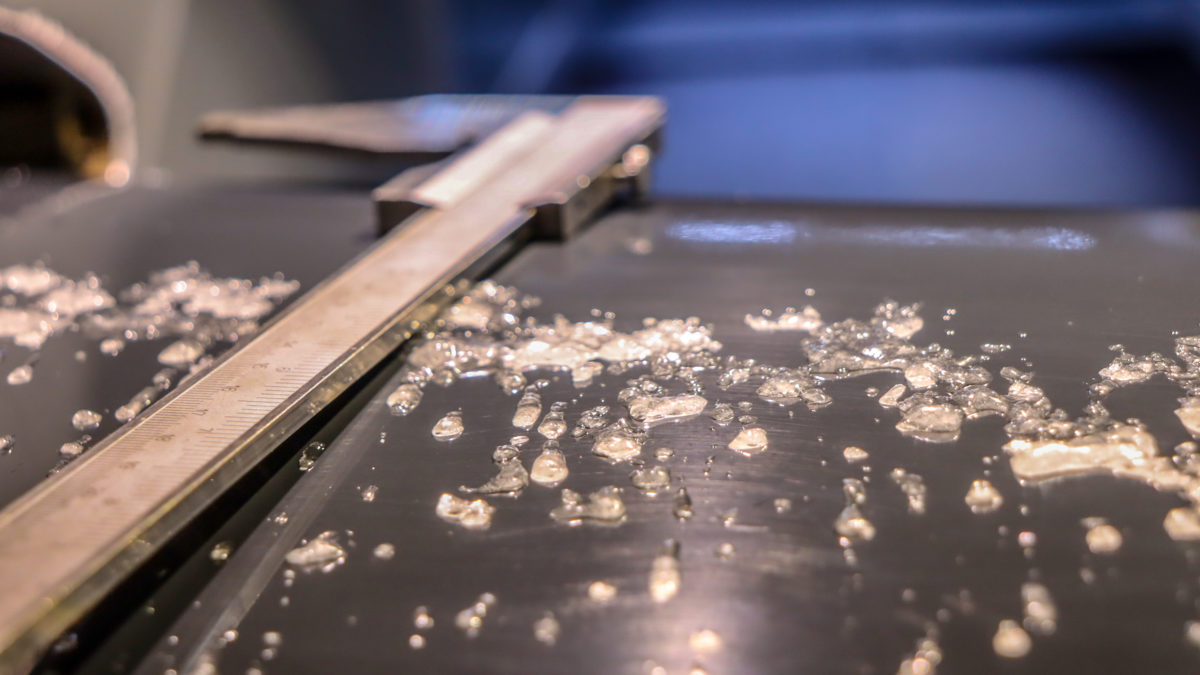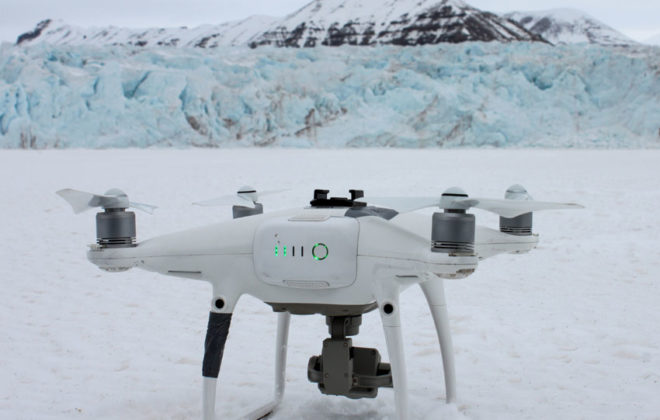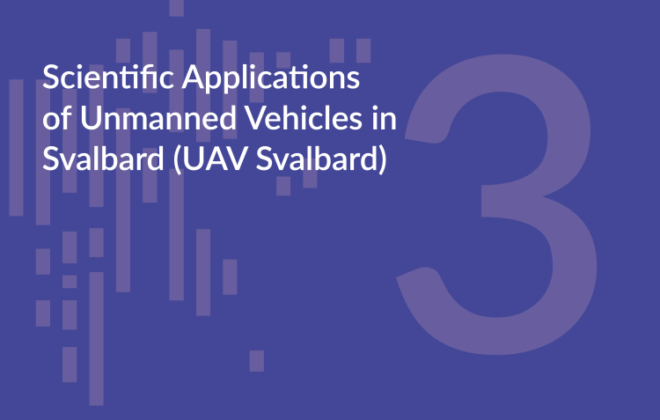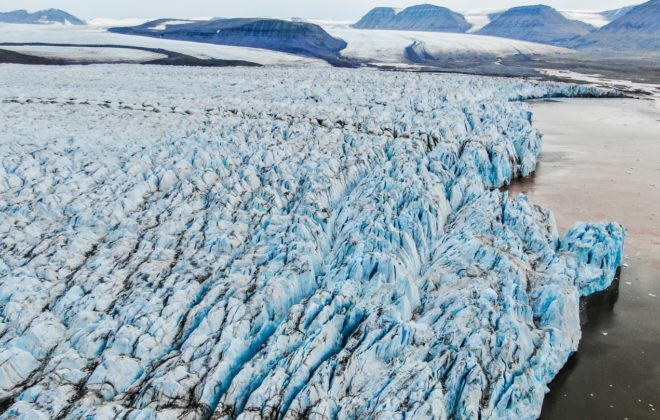My research got funded with over 2 Million Euros
Two research projects on UAV icing, which I am part of, were recently funded by the Research Council of Norway with a total volume of 27 Million NOK (2.4 Million EUR). I am incredibly happy to see that the council recognized the importance of my research field and gives us support to develop it further. Atmospheric icing is a big challenge for the emerging technology of UAVs and our research will help to overcome it.
The first project is about the development of an adverse weather mission planning tool for UAVs. I have applied for this funding together with UBIQ Aerospace and we received almost 15 MNOK for it. I will act as the project manager and our goal is to develop a tool that uses meteorological data for planning the best possible flight routes in bad weather conditions for UAVs.
The second project is going to focus on icing effects, ice detection, and ice mitigation on UAVs and was funded with 12 MNOK by the Research Council of Norway. The aim of the project is to develop expertise and capacity in artificial intelligence, robotics, and autonomous systems. I have prepared this call together with Prof. Tor Arne Johansen at the Norwegian University of Science and Technology (NTNU). I will be the leader for two work packages in this project, developing icing models and conducting experiments.
In practice, these funds will support my research and also a total of four PhD students that I will be supervising. We will be working with numerical methods, icing wind tunnel experiments, and flight tests. I am very grateful for having amazing colleagues at UBIQ Aerospace and NTNU – without them none of these projects would exist today.




[…] I got called up by a journalist who wanted to interview me, after he read my blog post about the research grants we have been awarded. I was caught a bit off-guard but I am quite pleased how the interview turned out. The article was […]